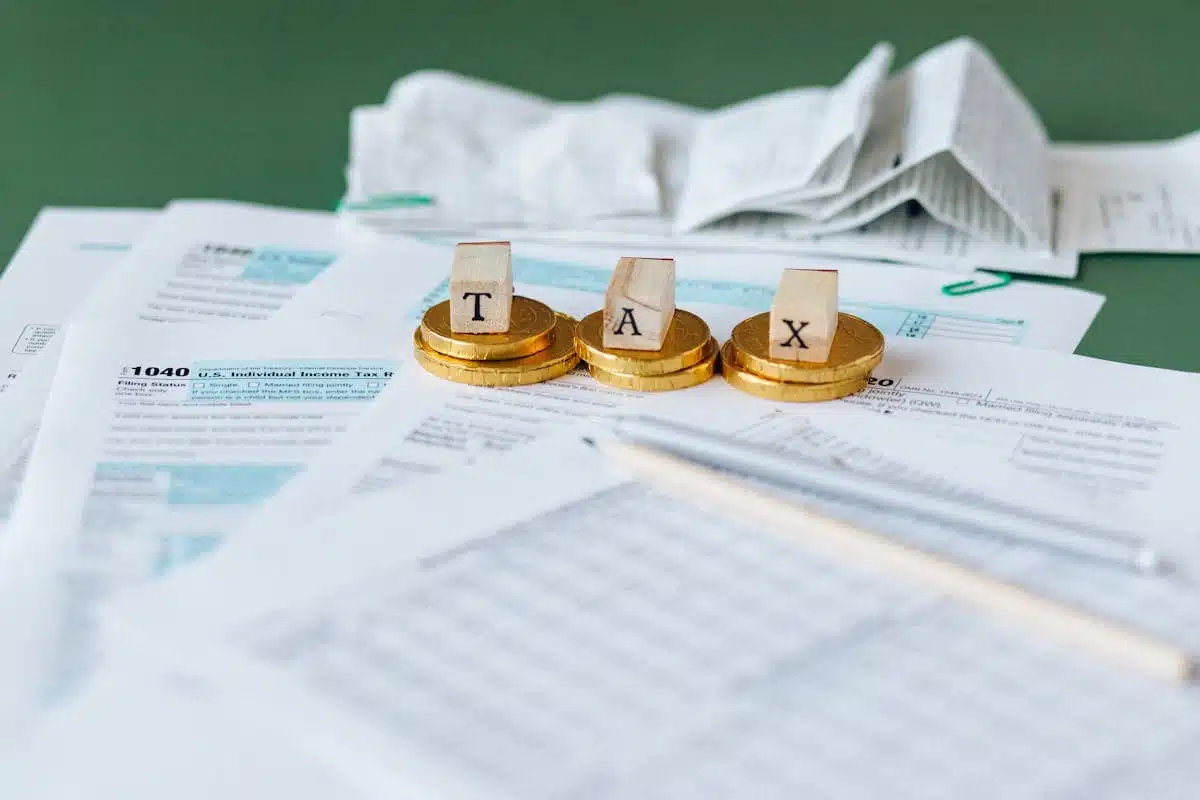IRS tax topic 203: How to secure your tax refund
You filed your return, daydreamed about that refund, then checked your status – only to see “Tax Topic 203” glaring back. What does it mean? Simply put: the IRS might have redirected your refund to cover unpaid debts. It’s not a mistake. It’s the law.
IRS Tax Topic 203 is the agency’s formal notice explaining why your refund could be reduced or withheld. Think overdue child support, defaulted student loans, or unpaid state taxes. The notice isn’t a verdict – it’s a clue to act.
Here’s your move: Check your refund status now. Use the IRS “Where’s My Refund?” portal for real-time updates. The sooner you know, the faster you can resolve issues. Surprises are for birthdays, not tax season.
What is tax topic 203?
So, what is tax topic 203? It’s the IRS’s way of telling you, “We’ve adjusted your refund because you owe money elsewhere.” This code appears when your refund is redirected (offset) to settle debts like unpaid taxes, student loans, or child support.
Tax Topic 203 isn’t random – it’s a formal alert required by law. The IRS uses it to notify taxpayers why their refund is smaller than expected or delayed. Think of it as a financial heads-up, not a penalty.
Key takeaway? Tax Topic 203 means your refund is being used to clear a debt. But don’t panic. Review the notice, cross-check your records, and bookmark the IRS guide to decode future updates.
How tax offsets work: The hidden threat to your refund
A tax offset occurs when the government diverts part (or all) of your refund to repay debts you owe to federal or state agencies. Think of it as a financial interception: your refund gets rerouted before it hits your bank account.
Common debts that trigger offsets include:
| Debt type | Agency involved |
|---|---|
| Unpaid child support | State enforcement agencies |
| Defaulted student loans | U.S. Department of Education |
| Overdue state taxes | State revenue departments |
| Unemployment debts | State workforce commissions |

The Bureau of Fiscal Service manages this process, matching taxpayer refunds to outstanding debts. If you’re wondering what is a tax offset, it’s not negotiable – but you can dispute errors.
Pro tip: Check the BFS Offset Portal to see if you’re on their list. Knowledge is power—and cash.
Is tax topic 203 good or bad? The truth about offsets
Let’s cut through the noise: Tax Topic 203 isn’t inherently good or bad. It’s a neutral process – but its impact depends on your situation. If you owe debts, it ensures agencies recoup what’s owed. If you’re counting on a refund? It’s a gut punch.
For example, a parent behind on child support might see offsets as fair enforcement. But someone unaware of an old student loan error? It’s a financial blindside. The IRS doesn’t judge—it just follows the rules.
So, is Tax Topic 203 good or bad? It’s about accountability vs. hardship. If you’re hit with an offset, act fast: contact the agency listed on your Bureau of Fiscal Service notice to verify or dispute the debt.
Can you check IRS offset status online? A step-by-step guide
Wondering can you check IRS offset online? Absolutely. Here’s how to do it in minutes:
- Visit the Bureau of Fiscal Service’s Offset Portal. Enter your SSN and personal details to see if your refund is flagged for offsets.
- Call the BFS hotline at 800-304-3107. Automated prompts guide you through debt verification.
Track refund status via the IRS “Where’s My Refund?” tool. Delays here often hint at offsets.
Can you check IRS offset online without an account? Yes – the BFS portal requires no login. But act fast: offsets are processed weeks before refunds ship. Bookmark these tools now to dodge last-minute panic.
How to protect your refund: 4 actionable strategies
If Tax Topic 203 appears on your refund status, don’t panic – here’s how to fight back:
- Amend errors fast: Mistakes happen. If your return overstated income or underreported deductions, file IRS form 1040-X immediately. Corrections can reclaim lost refunds.
- Repay debts proactively: Owing child support or student loans? Contact the agency to set up a payment plan before tax season.
- Dispute inaccuracies: Wrongly flagged for an offset? Submit proof via the BFS dispute portal within 30 days.
- Adjust withholdings: Reduce next year’s refund (and offset risk) by updating your W-4. Smaller refunds mean less to lose.
Tax topic 203 is a wake-up call, not a life sentence. Start today – your next refund depends on it.
Stay ahead of refund delays: Your next steps
Tax topic 203 isn’t the end of your refund story – it’s a starting point. Use it to resolve past debts, protect future refunds, and regain control of your finances. Start by revisiting the IRS refund tracker for real-time updates. If an offset notice appears, contact the agency listed immediately to clarify or contest it.
Still unsure? A tax pro can decode complex cases, from disputed offsets to repayment plans. Remember: the IRS isn’t your enemy, but timing is everything. Act now, or risk repeating the cycle next year.





